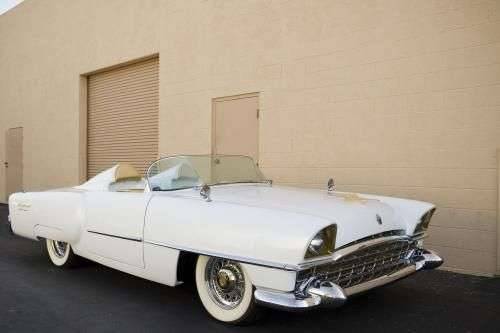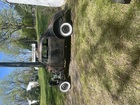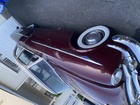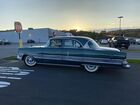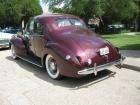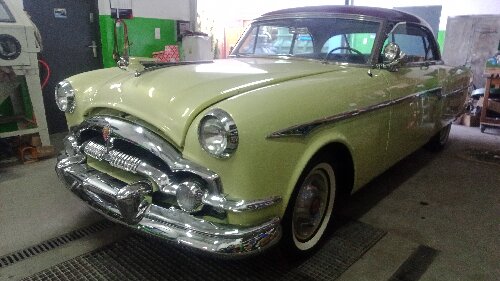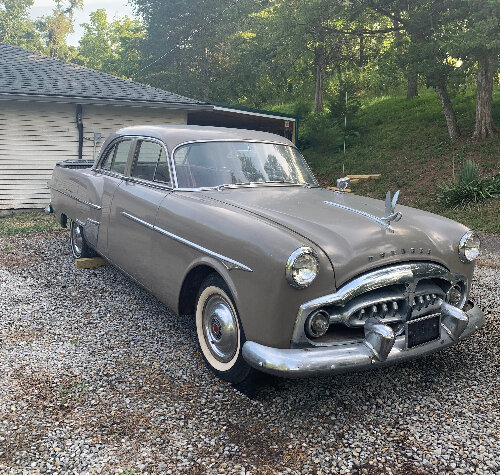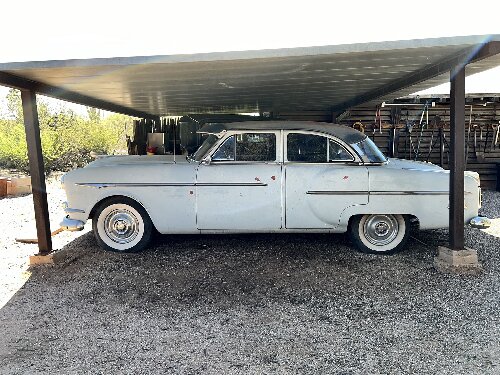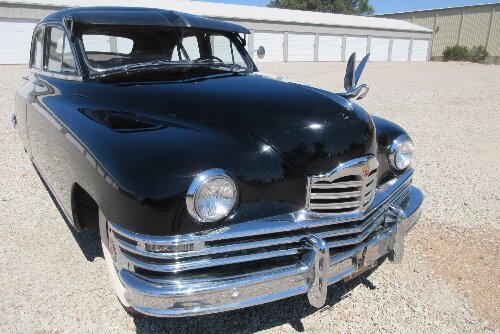|
Re: BARF and HIDEOUS! 1983 Packard
|
||||
|---|---|---|---|---|
|
Home away from home

|
Has anyone got a picture of the Crosley station wagon dressed up as a Packard by the Packard styling department in the early 50s?
Posted on: 2009/1/20 22:48
|
|||
|
||||
|
Re: question about Russia.
|
||||
|---|---|---|---|---|
|
Home away from home

|
You could always come to London (Canada) for the London to Brighton (also Canada) Antique Car Rally.
If that isn't far enough how about Jupiter (Florida) or Mars (Germany)? Ha ha ha ha ha
Posted on: 2009/1/20 22:43
|
|||
|
||||
|
Re: First they came for the clunkers......
|
||||
|---|---|---|---|---|
|
Home away from home
|
i had a 1966 dodge dart with a 225 slant six.
that car got over 20 mpg, and passed all emissions tests. how is that a clunker?? that was with a one barrel carb and no cats. just a pipe and muffler. find me a new car that can do that!!
Posted on: 2009/1/20 22:28
|
|||
|
Daily Driver:
|
||||
|
||||
|
Re: My Uncles 1930, 733
|
||||
|---|---|---|---|---|
|
Quite a regular

|
My Uncle's 733:
Please check your inbox and read your private messages. John Oder
Posted on: 2009/1/20 21:48
|
|||
|
||||
|
Re: First they came for the clunkers......
|
||||
|---|---|---|---|---|
|
Home away from home

|
My father was a fool blooded Dennis Leary. I am only about half Dennis Leary, as it diminishes through each generation. I might actually have a normal child!

Posted on: 2009/1/20 21:31
|
|||
|
||||
|
Re: Has any one added AC to the 356 straight eight
|
||||
|---|---|---|---|---|
|
Not too shy to talk
|
Thank you HH56! Those pics are fantastic. Especially like the ones with digital calipers. You've given me a great starting place.
Posted on: 2009/1/20 21:29
|
|||
|
48 Custom
48 Custom Club Sedan 56 Studebaker Golden Hawk |
||||
|
||||
|
Re: FIAT and CHRYSLER
|
||||
|---|---|---|---|---|
|
Home away from home

|
Owen: The present leadership of Fiat must be doing something right. As I recall Fiat in 2004 was on the brink of going under in 2004.
John F. Shireman
Posted on: 2009/1/20 21:18
|
|||
|
REMEMBERING BRAD BERRY MY PACKARD TEACHER
|
||||
|
||||
|
Re: First they came for the clunkers......
|
||||
|---|---|---|---|---|
|
Home away from home

|
Posted on: 2009/1/20 21:10
|
|||
|
||||
|
Re: FIAT and CHRYSLER
|
||||
|---|---|---|---|---|
|
Forum Ambassador

|
I hope the Italian government does a better job with Fiat/Chrysler than they did with Alitalia. Damlier still owns 19% of Chrysler which Im sure they'd love to dunp.
Posted on: 2009/1/20 21:00
|
|||
|
||||


 (14.29 KB)
(14.29 KB)